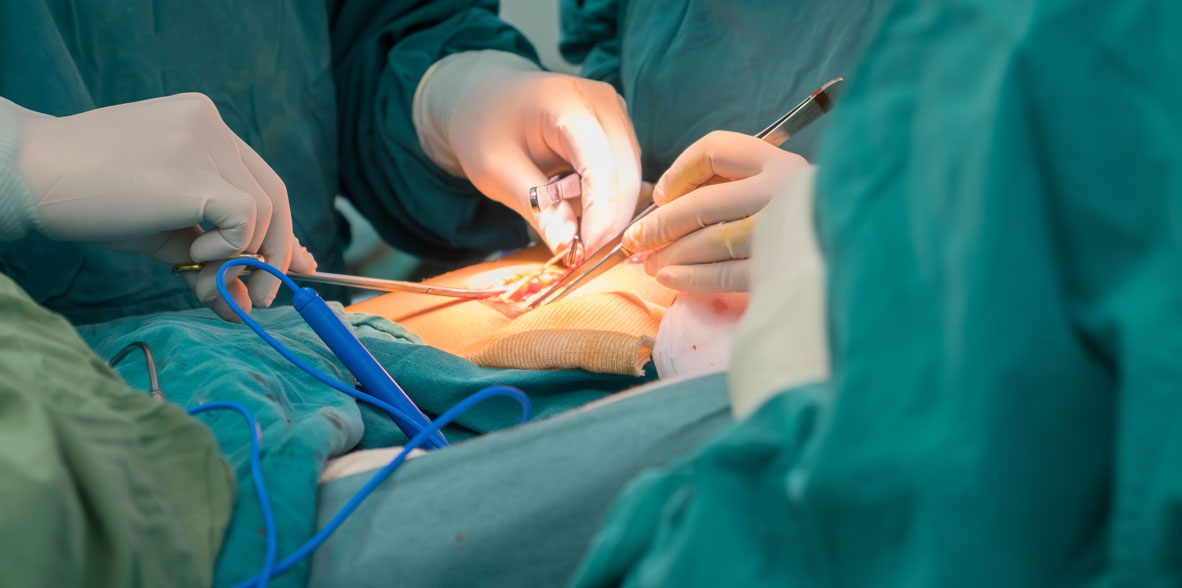

There are different types of treatments for all patients with rectal cancer. Some treatments are considered standard (currently used treatment) and others are in clinical study. Before starting treatment, patients should consider participating in a clinical trial. Treatment in a clinical trial is a research study that helps improve current treatments or learn about new treatments for cancer patients. When a clinical trial shows that a new treatment is better than the treatment used as standard, the new treatment may become the standard treatment.
Clinical trials are conducted in many parts of the country. The decision to choose the best treatment is something that must be said with the participation of the patient, the family and the medical team.
Three types of standard treatment are used:
Surgery
Surgery is the most common treatment for all stages of rectal cancer. Your doctor may remove cancer from your rectum using one of the following:
- Local excision: If the cancer is at an early stage, the doctor may remove the cancer without making an incision in the abdomen. If the cancer is found in a polyp (a growth that protrudes from the mucous membrane of the rectum), the operation is called a polypectomy.
- Resection: If the magnitude of the cancer is greater, the doctor will do a rectal resection (removing a small amount of surrounding healthy tissue). The doctor will then perform an anastomosis (seams attaching the healthy parts of the rectum, attaching what is left of the rectum to the colon or sewing the rectum to the anus). The doctor will also remove lymph nodes near the rectum and look at them under a microscope to determine if they have cancer.
- Resection and colostomy: If the doctor can't sew the rectum, he or she will make an opening (stoma) on the outside of the body to allow waste to pass through. This operation is called a colostomy. Sometimes the colostomy is only needed until the colon has healed, and then reversed. However, your doctor may need to remove your entire rectum and do a permanent colostomy. Even if the doctor removes all of the cancer seen at the time of the operation, some patients may be offered chemotherapy or radiation therapy after surgery to kill any cancer cells that remain. Treatment given after surgery to increase the chance of cure is called adjuvant therapy
Radiotherapy
Radiation therapy involves the use of x-rays or other high-energy rays to kill cancer cells and shrink tumors. Radiation can be external (using a machine outside the body) or internal. Internal radiation involves putting radioisotopes (materials that produce radiation) through thin plastic tubes in the area where the cancer was found.
Chemotherapy
Chemotherapy involves the use of drugs to kill cancer cells. Chemotherapy can be taken in pill form or given into the body by inserting a needle into the vein or muscle. Either of these two types of chemotherapy is considered a systemic treatment because the drug enters the bloodstream, travels through the body, and can kill the body's cancer cells.
After treatment, a blood test may be done that measures the amount of carcinoembryonic antigen (a substance in the blood that may increase when cancer is present) to see if the cancer has come back.
Other types of treatment are being tested in clinical trials.
Chemotherapy and biological therapy
Biologic therapy is a treatment to boost the immune system's ability to fight cancer. Materials produced by the body or made in a laboratory are used to stimulate, direct, or restore the body's natural defenses against disease. Biologic therapy is also known as biologic response modifying therapy (BRM) or immunotherapy.
This section refers specifically to treatments under clinical trial, but may not refer to all new treatments being studied.



































